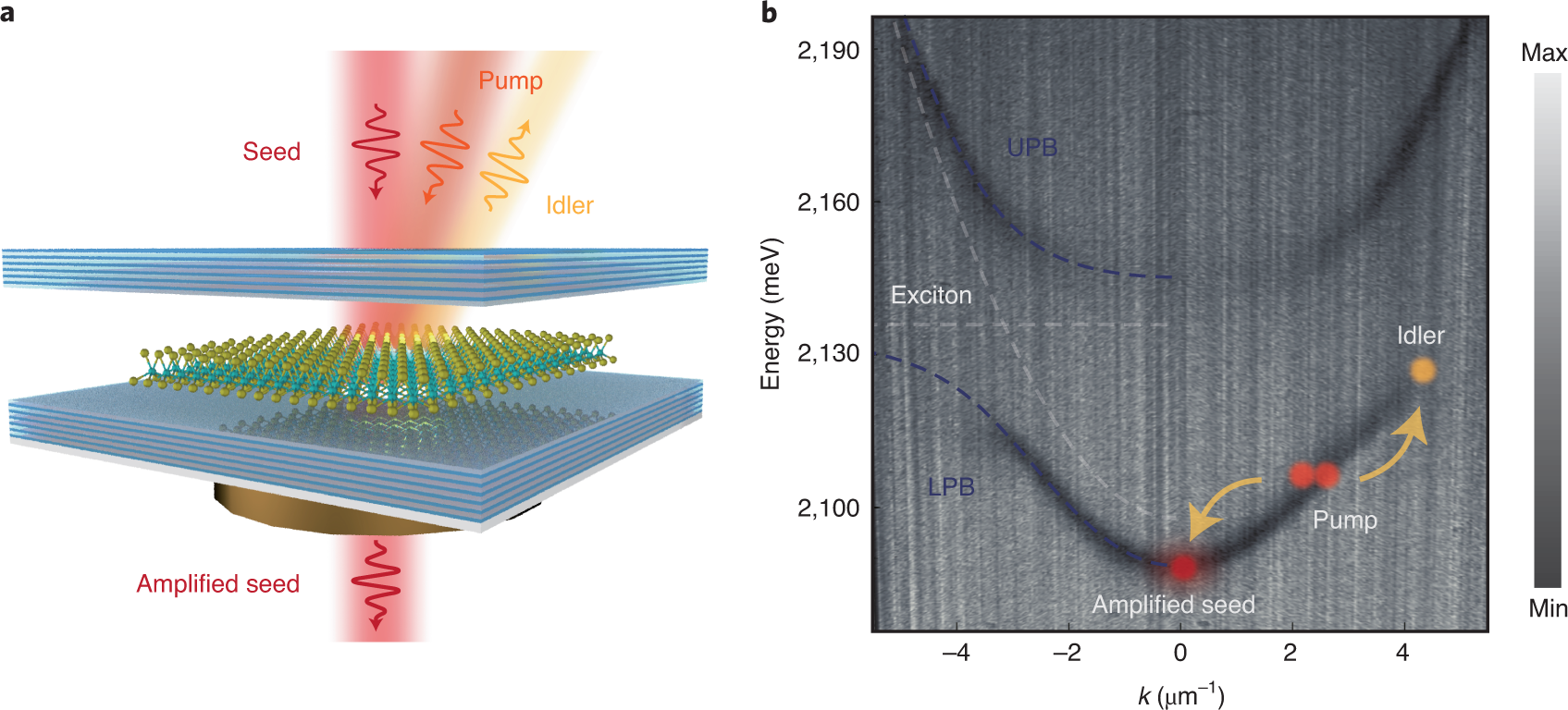Contents

Source: Nature
Understanding Parametric Nonlinearities in Optics
Optical nonlinearities play a crucial role in the field of photonics, enabling a variety of applications such as frequency conversion, optical switching, and signal processing. Among these nonlinearities, parametric nonlinearities are particularly significant due to their instantaneous response based on the inherent properties of the medium.
What are Parametric Nonlinearities?
Parametric nonlinearities refer to a class of optical nonlinearities that arise when the parameters of a medium, such as its refractive index, are modulated. This modulation can lead to various effects, including frequency doubling, sum and difference frequency generation, parametric amplification, and four-wave mixing. These effects are pivotal in the manipulation and control of light in various optical systems.
The Role of Phase Matching
For parametric processes to be efficient, phase matching is often a critical condition. Phase matching ensures that the interacting waves maintain a coherent phase relationship, which is essential for maximizing the efficiency of the nonlinear interaction. However, achieving phase matching is typically limited to a narrow optical bandwidth. By adjusting parameters that influence phase matching, such as the angle of incidence or temperature, it is possible to extend the range of wavelengths over which strong nonlinear interactions occur.
Polarization Dependency
Parametric processes are generally dependent on the polarization state of the interacting waves. This dependency arises because the nonlinearity itself is polarization-sensitive, and phase matching conditions are influenced by the birefringence of the medium. Birefringence, a property of certain materials, causes different polarizations of light to travel at different speeds, affecting the phase matching conditions.
Distinguishing Parametric from Non-Parametric Processes
It is important to distinguish parametric processes from non-parametric ones. Parametric processes do not involve changes in the quantum state of the optical medium. In contrast, non-parametric processes, such as absorption, can lead to a nonlinear response but involve a change in the medium’s quantum state. This distinction is crucial for understanding the mechanisms underlying different types of optical nonlinearities.
Applications and Future Directions
Parametric nonlinearities have numerous applications in modern optics. They are used in the generation of new frequencies, optical parametric oscillators, and amplifiers, and play a role in advanced techniques for optical signal processing. As research progresses, the development of new materials and techniques for achieving efficient phase matching and polarization control will likely expand the capabilities and applications of parametric nonlinearities in photonics.
In conclusion, understanding and harnessing parametric nonlinearities are fundamental to advancing optical technologies. By mastering the principles of phase matching, polarization control, and distinguishing between parametric and non-parametric processes, researchers and engineers can continue to innovate in the field of photonics.

Source: Wikipedia
Feel free to comment your thoughts.



